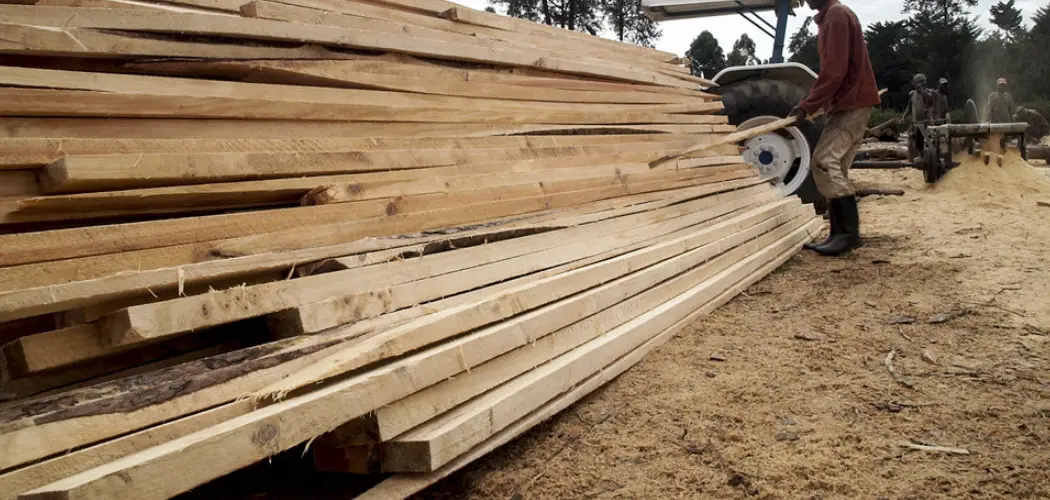Do you need to know how to cut pressure treated wood? Properly cutting pressure-treated wood is essential for any home repair or renovation project involving this type of material. If you’re considering building a DIY project out of pressure-treated wood, then you should learn the proper way to cut it.
Whether you are building a new deck, replacing rotting fence posts, or creating garden borders and accents, there are many times when a quick cut may be necessary.
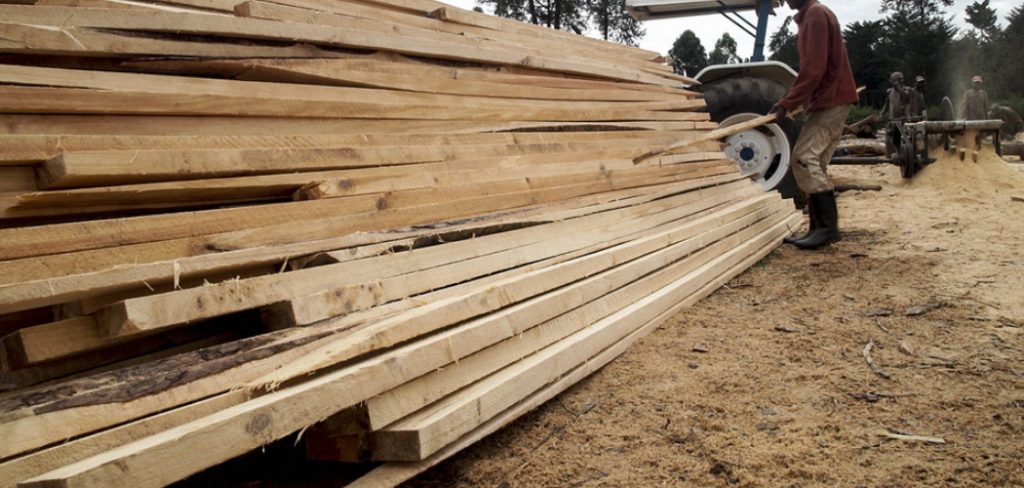
Pressure-treated wood is ideal for outdoor projects due to its resistance to rot and insect damage. This means it can withstand weathering much better than other types of lumber, including cedar and pine. However, cutting pressure-treated wood requires a certain level of expertise and knowledge, as improper cuts can cause splintering and cracking that could compromise your project’s structural integrity.
This blog post will provide step-by-step instructions on the correct way to safely and accurately cut pressure-treated wood so that your projects stay sturdy and secure!
What is Pressure Treated Wood?
Pressure-treated wood is wood that has been chemically treated with a preservative to protect it from rot, decay, and insect damage. The chemical preservatives used in treating the wood include copper, chromium, and arsenic compounds. These chemicals are added to the wood at high pressure so they can penetrate deeply enough into the grain of the wood to provide long-term protection.
Things to Remember Before Cutting Pressure-Treated Wood
Before you begin cutting pressure-treated wood, there are a few safety tips to keep in mind.
1. Wear the appropriate protective gear before beginning your project. This includes gloves, goggles, and a face mask. The protective wear will help protect you from exposed wood fibers, dust, and splinters.
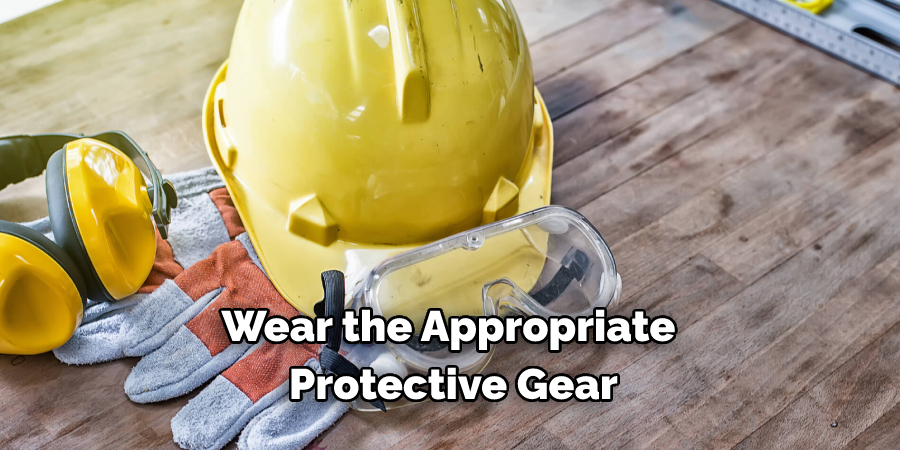
2. Make sure the area is well-ventilated to reduce exposure to chemical fumes released when cutting pressure-treated wood. Otherwise, the fumes can cause eye and throat irritation.
3. Use a circular saw to make the cuts, as this will provide you with greater control over the wood than other power tools. A handsaw may also be used for smaller projects in which accuracy is not as critical.
Require Items to Make Cuts
- Circular Saw or Handsaw
- Safety Goggles
- Face Mask
- Gloves
- Scrap Lumber (optional)
- Measuring Tape
- Marking Pencil
10 Tips on How to Cut Pressure Treated Wood
1. Measurement
Start by measuring the desired length of the cut and marking it with a pencil. Use a measuring tape to ensure that you are cutting accurate lengths. If necessary, use scrap lumber as a guide to make straighter cuts.
2. Set the Saw Blade
Set the blade on the circular saw to a depth that will allow you to make your cut without cutting into any of the preservative material that may have been added to the wood. The blade should be set to a depth of one-third the thickness of the wood.
3. Secure the Wood
Secure the wood in place before making your cut. If you are cutting with a circular saw, clamp the wood down or use a jig to keep it from moving while you are cutting. This will help ensure that you make an accurate cut.
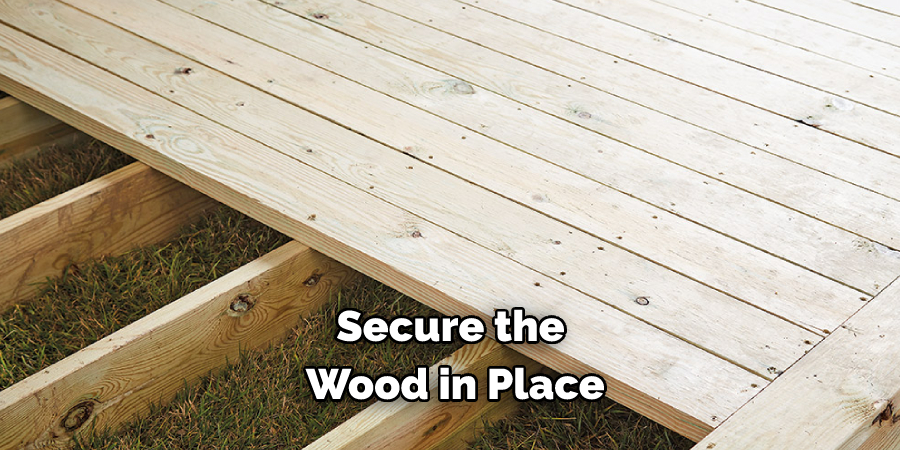
4. Make a Pilot Hole
If you are using a circular saw, make a pilot hole in the wood before starting to cut. This will help guide the saw blade and prevent it from wandering off course during the cut. The hole should be slightly smaller than the saw blade.
5. Cut from the Side with Pressure Treatment
When making your cut, make sure to start from the side of the wood that has been treated with pressure. This will help prevent any damage to the chemical preservatives and ensure that all sides of your project are protected.
6. Take Your Time
Take your time when making the cut. Don’t rush, and be sure to follow all of the safety precautions outlined above. A rushed or sloppy job could lead to splintering, cracking, or other damage to your project.
7. Go Slow
When cutting pressure-treated wood, it is important to go slow and steady with your saw. Going too fast could cause the blade to bind up, resulting in an inaccurate or dangerous cut.
8. Let the Saw Do the Work
When making your cut, let the saw do the work. Putting too much pressure on the saw can result in a poor-quality cut or, even worse, a kickback from the saw.
9. Sand the Edges
Once you have made your cut, use sandpaper to smooth out any rough edges. This will help give your project a professional finish and also prevent splintering or other damage when handling the wood.
10. Clean Up
Once you have finished cutting, it is important to clean up the work area and dispose of any sawdust or wood chips that were created in the process. These pieces can be thrown away, or composted if you are feeling eco-friendly.

Following these tips and taking proper safety precautions will help ensure that your project comes out perfect every time. Cutting pressure-treated wood may seem daunting, but with the right tools and knowledge, it is a simple task that can be completed with ease.
8 Safety Measures to Follow When Cutting Pressure Treated Wood
1. Wear Protective Gear. Before beginning to cut any pressure-treated wood, it is important to equip yourself with the proper safety gear, such as gloves and safety glasses. This will help protect your hands and eyes from potential splinters, sawdust, and other debris that could be generated during the cutting process.
2. Use the Proper Saw Blade. Pressure-treated wood requires a specific kind of saw blade with carbide-tipped teeth in order to prevent excessive tear out on the ends of cut boards. This type of saw blade is designed to reduce the chances of cracking and splitting along the cut line, which can be a common problem when cutting pressure-treated wood.
3. Use a Lubricant or Wax. Applying a light coat of oil, wax, paraffin, or even petroleum jelly along the blade and directly onto the material will help reduce friction between the saw blade and the pressure-treated wood. This can help lower stress on the saw motor, as well as provide some additional protection against burning or scorching.
4. Use a Lubricant or Wax. Pressure-treated wood is often treated with chemicals that can cause it to expand, shrink, and even crack when cut into sections. To reduce the chances of this happening, it’s best to pre-drill any necessary holes before actually cutting the boards. This allows you to properly position the saw blade and prevents any potential cracking or splitting along the cut line.
5. Use a Clamp. Clamps are one of the most important tools when cutting pressure-treated wood, as they help keep your workpiece securely in place while making sure that everything is properly aligned before cutting begins. Clamping down on either side of the cut line can also help reduce the chances of any splintering or chipping along the edges.
6. Don’t Force It. Pressure-treated wood is tough and can often require more effort to get through than regular lumber, so it’s important not to rush the process and take your time when making each cut. Trying to rush the cutting process can increase your chances of making a mistake and lead to some poor-quality cuts.
7. Clean Up Any Debris. After each cut is complete, it’s important to clean up any sawdust or debris that has accumulated in order to prevent any potential health hazards from developing. This will also help keep your work area clean and organized, which will make future projects more efficient and easier to manage.
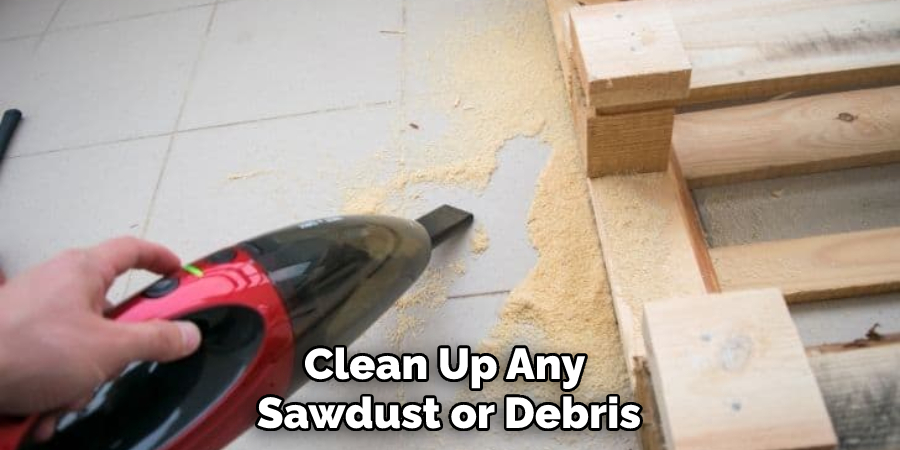
8. Dispose of Sawdust Properly. The sawdust generated when cutting pressure-treated wood can contain harmful chemicals that should not be inhaled or ingested, so it’s important to dispose of it properly and in accordance with local laws and regulations. Sawdust should be bagged up and thrown away in a designated hazardous materials disposal area.
By following these safety measures, you can ensure that all of your projects involving pressure-treated wood are done safely and correctly every time. Staying safe while working with this type of material is essential, so make sure to always follow each step and use proper safety gear while cutting pressure-treated wood.
Conclusion
Working with pressure-treated wood can be intimidating at first, but it is certainly within reach for anyone. With the proper equipment, a knowledge of safe wood-cutting techniques, and plenty of patience you can achieve amazing results. A few last pieces of advice: Always wear safety glasses when cutting or sawing; never force a blade, or power saw into the wood; make sure your blade is sharp and lubricated; and avoid using gas engines outdoors due to carbon monoxide hazards.
By following these guidelines on how to cut pressure treated wood, you can ensure that your work with pressure-treated wood will be both safe and successful. Plus, nothing feels better than seeing something you’ve made with your own two hands! Have fun out there!

